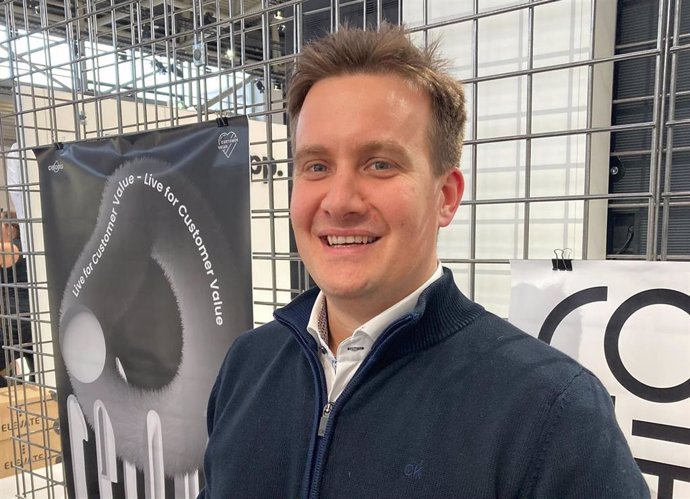Celonis Project Technology Director (Field CTO), Manu Haug – CELONIS
MUNICH (GERMANY), Nov. 4 (Portaltic/EP) –
Companies from all sectors welcome with increasing interest the capabilities of Artificial Intelligence (AI), a technology that is registering “a great demand” by organizations, according to Celonis, who points out that they, in turn, are normalizing the use of automated agents in their processes, because they use them to understand the functioning of their businesses. , identify problems and make decisions.
The Project Technology Director (Field CTO) of the process intelligence and mining firm, Manu Haug, has thus introduced one of the main novelties presented at Celosphere ’24, AgentC, which is offered as a platform composed of different tools, integrations and partnerships aimed at creating these automated assistants.
Thanks to this service, Celonis customers can develop AI-powered agents, as well as use others already pre-built by Celonis partners to better understand how their organizations work and how to make your work more efficient.
An AI agent is a software program that can interact with its environment and collect data to later use it in the execution of a series of tasks, in order to achieve objectives predetermined by the company that uses them in its activity.
Using these agents to automate processes helps companies increase productivity, reduce costs, and improve customer experience without having to write code or develop complex workflowsbecause they can receive instructions in natural language.
The person responsible for product architecture and strategy, who also works closely with clients, stated in an interview with Europa Press that “one of the challenges” he faces when designing platforms like AgentC It is “the dynamic ecosystem” that characterizes AI, since “it is very far from offering the maturity” that other software tools do boast.
“A clear example is Microsoft Copilot Studio, since what it can do now is very different from what it could do two years ago. The same thing happens with Amazon Bedrock, which was released just a year ago. All of these platform providers are still learning how to use AI and What tools do they need for this? has added.
Haug has also acknowledged that in recent months there has been “a great demand for AI” and that the use of agents “is becoming normalized” at the enterprise level. Therefore, he believes that the sector has already solved one of the main problems of this technology, which initially generated distrust due to its ability to replace human labor. “It is a bit similar to other technologies, that at first it’s always scary to change” until you see the results, he suggested.
However, Celonis has found that “very often there is gradual acceptance” by companies and that it is being implemented at different levels, rather than being rolled out generally. “First we offer an AI tool to help them” in some procedures and then other possibilities are considered.
“If the first response to this technology is good, companies use it at a second level”, taking advantage of the functionalities it offers and that “any client” can use according to the needs of their business. After is used to notify these companies -for example, through email-, when there is any alteration or incident.
The manager considers that, if companies finally “decide to trust it”, they use it at “a more advanced level, so that the AI carries out some processes completely autonomously”, which can benefit them in more complex tasks and automate processes. as change certain system mechanisms “or the way of executing them.”
NETWORKS TO CONNECT COMPANIES AND CUSTOMERS
Along with AgentC, another of the tools unveiled in this edition of Celosphere ’24 is networks, a feature currently in beta that allows companies to connect with each other to create a new level of shared transparency that goes beyond the boundaries of each organization.
While this tool works to link organizations from different sectors, it has been developed with those that have the same architecture and business purpose in mind. “The first step is go to suppliers and customers to optimize processes,” says Haug.
With this option, it is possible to make these processes more efficient both within and between companies, because it provides continuous and updated information on tasks such as, for example, the supply chain. In this way, connected organizations can collaborate to identify and solve problemsstreamline operations and minimize risks.
















Add Comment